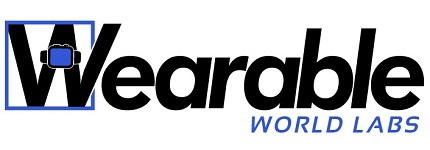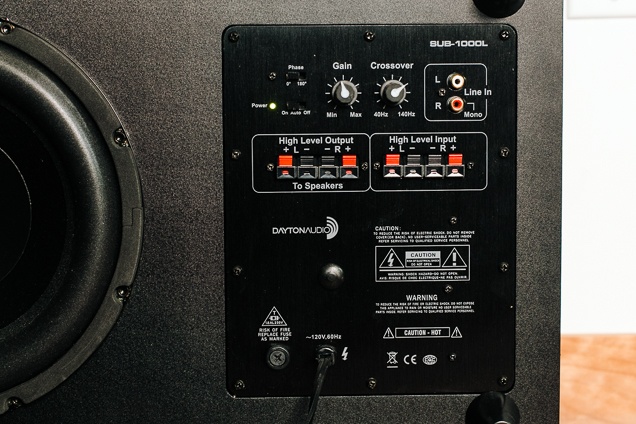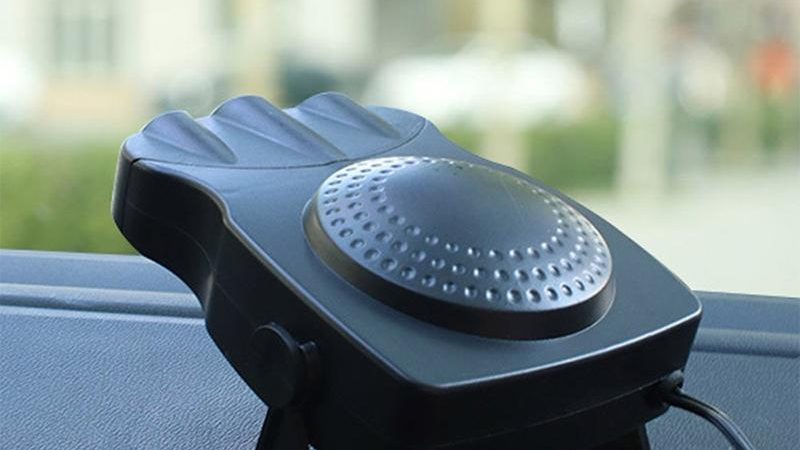Best Telescope Eyepiece for Viewing Planets of 2020
Seeing something above the sky might be one of your dreams. You can make your dream come true immediately by using a telescope eyepiece. This telescope is useful for those who want to see planets or everything above the sky. The 5 best telescope eyepieces for viewing planets below can be your reference before buying the most suitable one.
Contents
Best Telescope Eyepiece for Viewing Planets of 2020
1. SVBONY 4mm Telescope Eyepiece
This eyepiece is perfect for those who want to examine the surface of the planets. The 4mm focal length lens helps you to observe the lunar holes, the moon’s surface, and other planets. Moreover, it supports you to view a particular planet in more detail. This is because the telescope eyepiece is using 62 degrees field of view.
The image is not only detailed but also boarder so you can examine the surrounding. Thanks to the 1.25 inches focuser lens that helps you to view the surface in detail and brighter.
It doesn’t matter if you want to see a faraway planet because this product is designed along with the latest optical lenses. As a result, you can see a particular planet such as Venus, Mars, Saturn, and Jupiter in detail, clear, and bright.
2. Celestron Plossl Eyepiece
This telescope eyepiece has three different focal length versions. Those versions are 15mm, 32mm, and 40mm focal length. By using those three versions, you can observe the surface of a particular planet or moon in a variety of magnifications. Just like the SVBONY telescope eyepiece,
Celestron is also supported by the 1.25 inches focuser lens. It works a lot to show the lunar motion and its surface clearly and sharply. Celestron uses a different field of view compared to SVBONY in which it uses 52 degrees field of view. This type of field of view can also direct you to see clear planets, moons, and any object above the sky.
Plus it is also supported by the premium optical lenses with better contrast and edges ratio. Indeed, you need to use this eyepiece if you have research about planets or moon.
3. Baader Planetarium Hyperion Eyepiece
This product is included in the 5 best telescope eyepiece for viewing planets because of its sophisticated features. You can choose five different focal length groups that cover 3.5mm to 21mm focal length. The focal length helps to get the image of the surface closer so you can examine it better.
It uses a higher field of view than SVBONY and Celestron in which this product is using 68 degrees field of view. The field of view provides you with the best visual along with amazing transmission and contrast. You will see the surface in its real color just like the real one.
4. Tele Vue Eyepiece
You can see a wonderful image of the planet just like when you see it in a planetarium because this eyepiece is using a 13mm focal length. The wonderful image means that the surface is clear until you can see the small things or details. The achievement is also because of the 100 degrees field of view.
In contrast, Tele Vue offers two different focuser lenses which are 1.25 inches and 2 inches. You can use the lenses to observe the lunar motion and planets’ rotary motion. Beginner users love to use this eyepiece because it is easy to set up. The low pupil design is perfect for those who want to see planets in the daytime.
Read also:
- 6 Best Wearable Pulse Oximeter
- 5 Best Wearable Airbags to Prevent Fall Injuries
- 5 Best Wearable Luggage for Men to Beat Baggage Charges
- 5 Best Wearable Fitness Tracker Watches for ECG Monitor, Heart Rate and Blood Pressure
- Top 5 Best Wearable Bluetooth Neck Speakers
5. Explore Scientific Eyepiece
The coolest thing about this product is its waterproof ability. Moreover, the performance is great along with its 40 mm focal length and 62 degrees field of view. The good news is that the price is still affordable and the users get more than they are expected. Indeed, it is also worth it for the 5 best telescope eyepieces for viewing planets.














